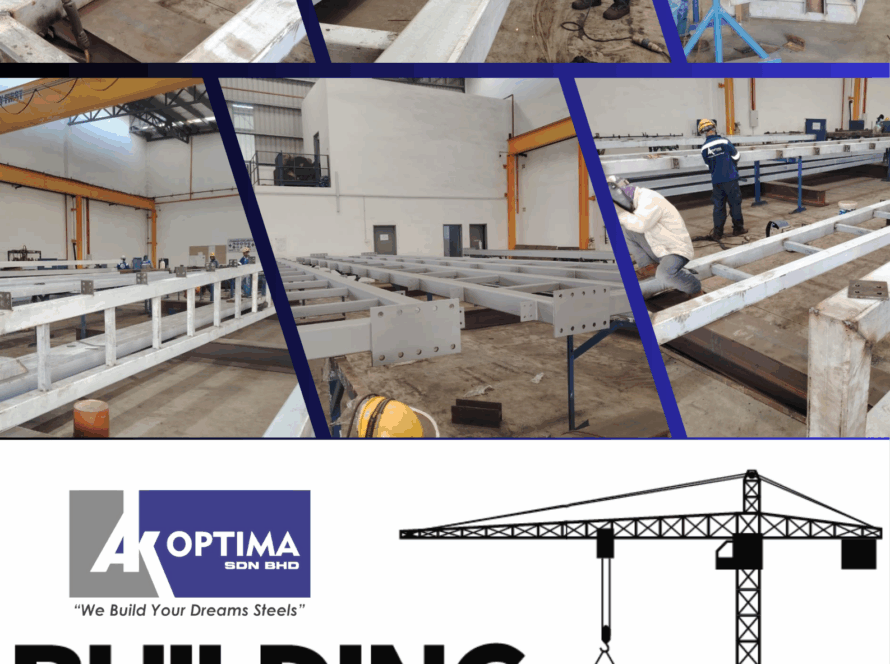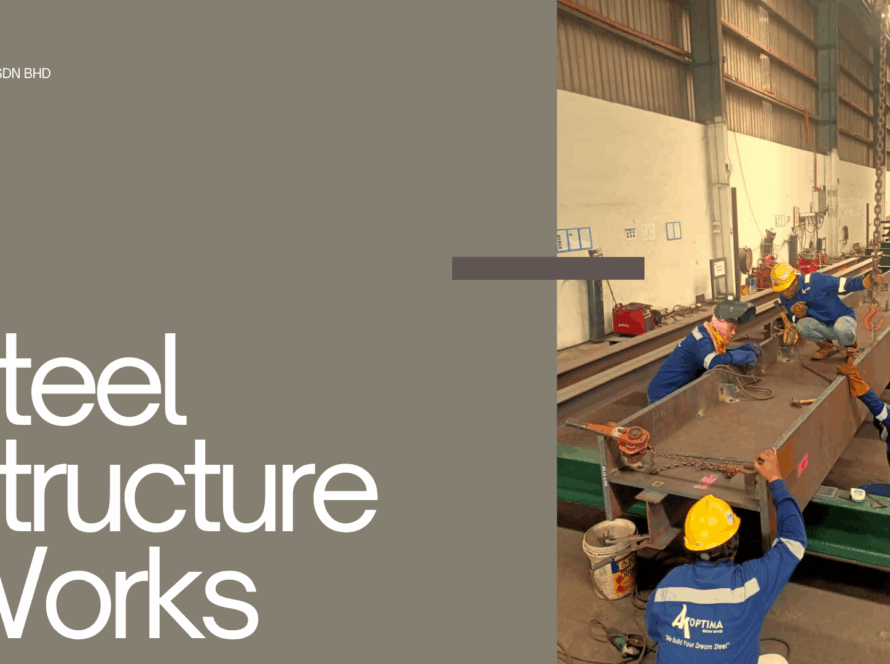An Introduction to Steel Structures: Benefits, Types, and Applications
Steel structures have become an essential component of modern construction, renowned for their strength, durability, and versatility. From towering skyscrapers and bridges to warehouses and residential buildings, steel is a preferred material for creating sturdy and reliable frameworks. This article will explore the advantages, types, and applications of steel structures, highlighting why they are a staple in contemporary construction.
Advantages of Steel Structures
- Strength and Durability:
Steel is one of the strongest materials used in construction, with an impressive strength-to-weight ratio. This allows steel structures to withstand high loads and resist environmental stress, such as wind, earthquakes, and extreme temperatures. Its durability translates to a longer lifespan, making it a cost-effective choice in the long run. - Flexibility in Design:
Steel offers exceptional flexibility in design. Architects and engineers can easily mold, cut, and weld steel into various shapes, enabling the creation of complex and aesthetic structures. This flexibility supports innovation in architectural design, allowing for slender, high-rise buildings and intricate, lightweight structures. - Quick and Efficient Construction:
With advancements in prefabrication and modular construction, steel structures can be assembled off-site, then transported and quickly assembled on-site. This accelerates the construction process, reduces on-site labor requirements, and minimizes disruption to surrounding areas. - Eco-Friendly and Recyclable:
Steel is highly recyclable, making it an environmentally responsible choice. Steel can be melted down and reused without losing its properties, reducing the demand for raw materials and minimizing construction waste. - Cost-Effective Over Time:
While the initial cost of steel might be higher than other materials like wood or concrete, its low maintenance needs, durability, and longevity make it a cost-effective solution over time. Additionally, steel structures require fewer repairs and have lower risk of pest or weather damage.
Types of Steel Structures
Steel structures are categorized based on their design and the type of structure they support. Here are some of the most common types:
- Frame Structures:
Frame structures are made using a network of steel beams and columns. This type is frequently used in constructing multi-story buildings, such as offices and residential complexes. Frame structures allow for open floor plans and high design flexibility, supporting both strength and aesthetics. - Truss Structures:
Trusses are triangular units used to distribute loads and minimize weight while maximizing stability. Steel trusses are common in bridges, roofs, and warehouses, where wide spans and load-bearing are key requirements. The triangle design also resists bending, making it ideal for large, open spaces. - Shell Structures:
Shell structures, or steel plate structures, use thin, curved plates to create large, open spaces without the need for internal columns. These structures are commonly used in auditoriums, sports stadiums, and hangars due to their ability to cover large areas efficiently. - Portal Frame Structures:
Portal frames use two vertical columns and a horizontal beam to create a rectangular frame. They are widely used in warehouses, factories, and large industrial buildings, as they allow for wide spaces with minimal support columns. - Pre-Engineered Steel Buildings (PEBs):
Pre-engineered buildings are prefabricated in factories and transported to the construction site. PEBs are a popular choice for commercial and industrial applications due to their rapid assembly, cost efficiency, and high customization.
Applications of Steel Structures
Steel structures have extensive applications in a variety of industries. Some notable examples include:
- High-Rise Buildings and Skyscrapers:
The construction of skyscrapers relies heavily on steel due to its strength-to-weight ratio, which allows for tall buildings with slim structures. Steel frames provide the necessary support and stability to handle high winds and seismic activity. - Industrial Buildings and Warehouses:
Steel’s durability and flexibility make it ideal for industrial facilities and warehouses, where large open spaces and load-bearing capacity are necessary. Pre-engineered buildings are especially popular in this sector due to their rapid assembly and cost savings. - Bridges:
The use of steel in bridge construction offers a combination of strength, durability, and flexibility. Truss structures are particularly common in bridges, as they efficiently distribute the weight of traffic and withstand environmental pressures. - Transportation Infrastructure:
Steel structures are used in constructing railways, tunnels, and airport terminals. These applications require durable materials that can handle heavy use and loads, especially for high-traffic areas like train stations and airports. - Residential and Commercial Buildings:
In recent years, steel has been increasingly used in residential construction due to its flexibility and sustainability. It allows for open-concept living spaces and is often used for mid-rise and high-rise apartment buildings. Steel structures in commercial buildings provide aesthetic appeal and resilience.
Steel Structure Trends and Innovations
With a focus on sustainability and efficiency, steel structure technology continues to evolve. Innovations in steel alloys have led to high-strength, corrosion-resistant materials that further extend the life of structures. Additionally, modular construction and pre-fabrication have transformed steel structure assembly, reducing waste, and cutting down on construction times.
The integration of Building Information Modeling (BIM) has also had a profound impact on steel structure design. BIM allows for detailed planning and visualization, enabling engineers and architects to anticipate issues, optimize material use, and coordinate logistics seamlessly.
Conclusion
Steel structures are essential in modern construction, providing the strength, durability, and flexibility necessary for diverse applications. Whether it’s building skyscrapers, bridges, or warehouses, steel remains a trusted material for creating safe, sustainable, and visually appealing structures. With continuous innovation in design and material science, steel structures are poised to play an even more significant role in future developments, pushing the boundaries of what’s possible in construction.


